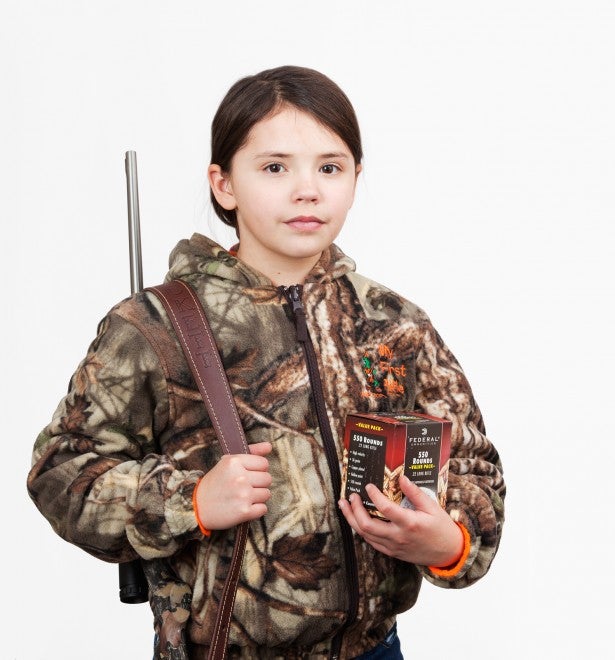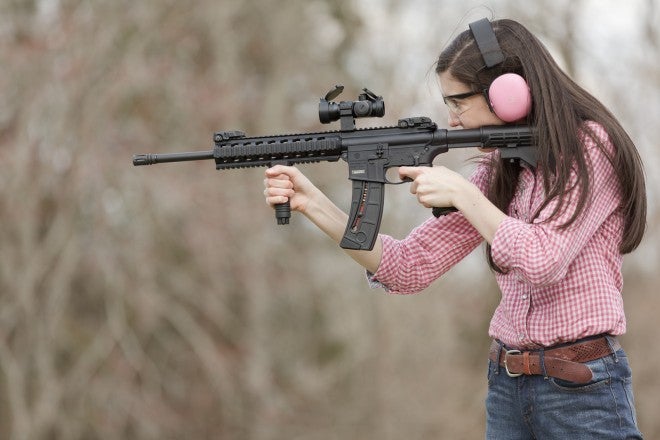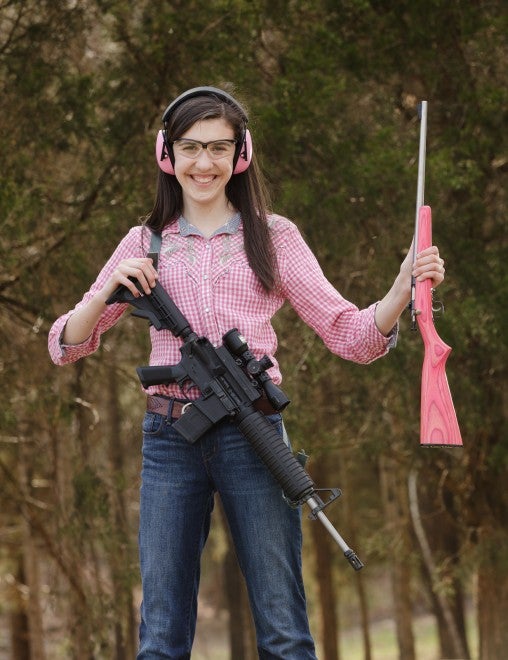Promoting Fire Discipline
Oleg Volk 08.13.14

When magazine rifles became preeminent in military use at the end of 19th century, mechanical magazine cutoffs were all the rage. You can see it in the photo above, a metal wedge designed to allow single loading into the chamber while keeping a full magazine in reserve. You can’t blame the armies for wanting those devices, as they were designed to reduce several problems at once:
- An individual soldier seldom carried more than 60 rounds of ammunition and resupply was often uncertain
- Rifle magazines held five to eight rounds and had to be reloaded with loose cartridges.
- Other than in the UK, most soldiers were draftees with only moderate training
- Black powder smoke made rapid fire relatively ineffective in short order
By the end of the 1890s, most major armies adopted smokeless ammunition and clip loading for box magazines. But the supply issue had not changed, and the magazine cutoffs remained until World War One production simplifications and combat experience relegated them to the dust bin of history.
The issue of ammunition supply has recently come up again. With .22 rimfire either unavailable or very expensive, the question has come up “which first rifle for a new shooter, a single shot or a magazine repeater?” We have two schools of thought on this.

The first is to teach the kids to make every shot count. The slow, meticulous approach mandated by the design of rifles like Crickett, Henry Mini Bolt, Savage Rascal and other single shots lets you stretch the ammunition allowance and habituate the new shooters to conservation of ammunition.

The other line of thought is to make the process of operating the rifle as seamless and transparent as possible. Load up 10, 25 or 50 rounds and focus on sight alignment, breathing, follow-up, and let the rifle take care of loading the next round. If shooting close up, autoloading allows correcting by observation of previous impacts.

In a pinch, a .22 rifle with a large magazine makes a more credible defensive tool than a single shot, and the experience with a .22 AR-alike translates more directly into using the centerfire version later.

Which approach do you prefer: fire discipline imposed by the weapon design or by the shooter’s deliberate choice?